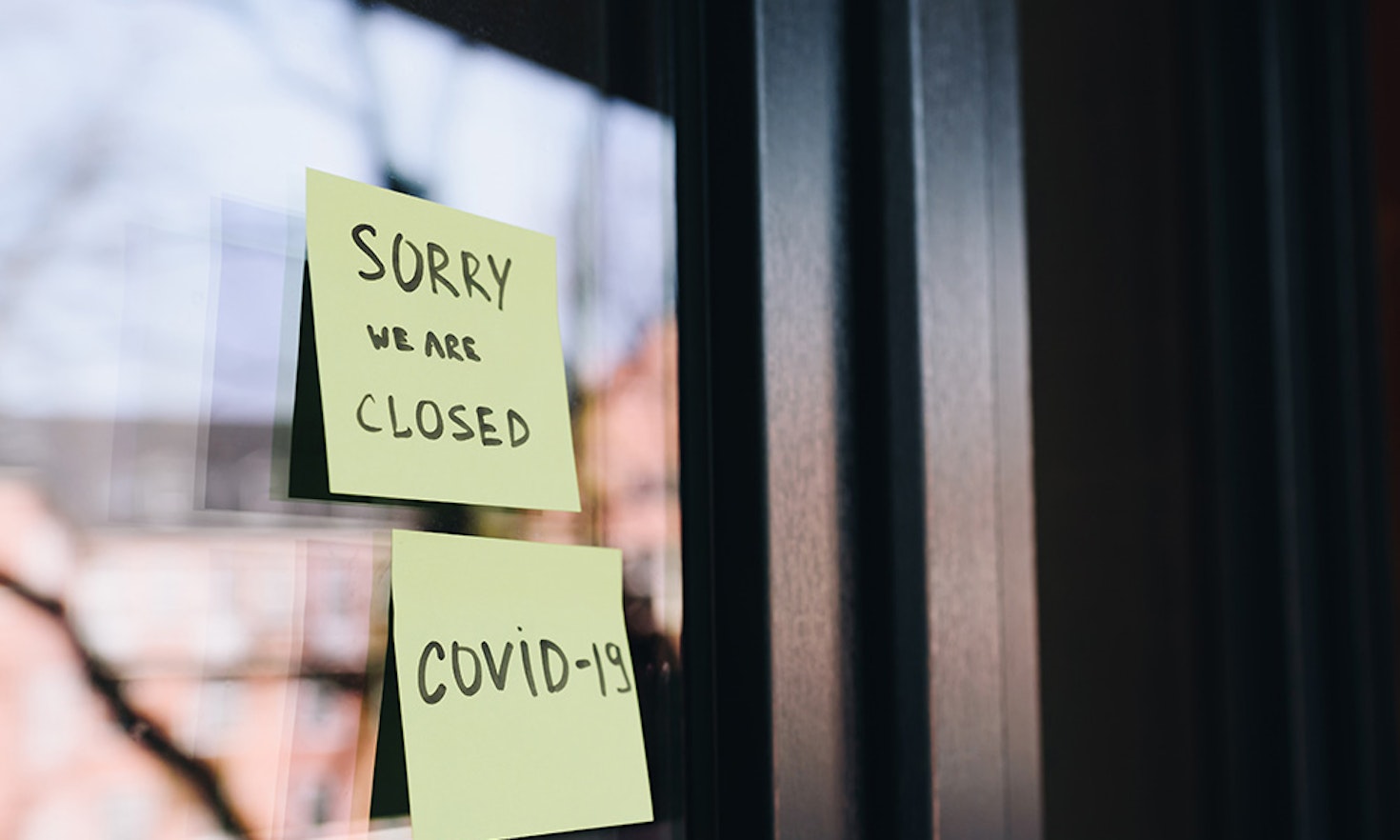Re-booting Tourism: Can Sustainable Tourism save the tourism world?

Tourism has enjoyed almost continuous growth in revenue, tourist numbers and the number of worldwide destinations. By the 1970s, reactions against over tourism began to occur, leading to the creation of the concept of sustainable tourism, to reduce tourism’s social and environmental impacts by better design and management. Slow to take off, new management techniques, and changes in society’s views about life, environment and economic growth have now boosted interest in the concept. Tourism’s role in climate change adds urgency to that interest.
Then, suddenly, the Covid-19 pandemic stopped all tourism activities worldwide. Tourism, which generates over 10% of the world economy is in crisis. Many expect the pandemic to totally change whole societies and economies. How might tourism be affected? Can more sustainable forms of tourism help? Much depends on how long the pandemic remains live, on the tourism industry’s reaction to issues, on market reactions, and on government policies.
On the supply side, loss of cash flow into an often indebted fast growing industry will stop new investment and bring financial problems and bankruptcies for existing tourism infrastructure and enterprises. Many millions of tourism related workers face unemployment. Entire resorts will lose value; national economies will be seriously reduced in size. On the demand side, pandemic related unemployment, wage cuts and tax increases in tourist source regions will cut tourist spending, and reduce long haul air travel. Some market segments may be especially affected. Visitors may stop travelling to regions that suffered badly from the pandemic, fearing residual infections. Skilled and informed marketing will need to emphasise safety, health and confidence building. We may lose skilled and experienced staff to other businesses and regions. Tourism cannot easily be automated. People are central to successful hospitality.
Has this ever happened before?
Short downturns because of local unrest or economic crashes have happened, but the virus has brought far bigger global long-term problems. The Second World War stopped tourism for c. 10 years, but tourism was then just a minor activity. It should recover much more quickly post pandemic than post Second World War: there is no war damaged infrastructure to re-build and wehave a history of mass tourism to inform potential tourists of travel’s pleasures and excitement.
Three post virus tourism possibilities present themselves
- A rush to re-establish tourism in an impoverished world. Developments aimed at low cost / quick reward, short termism might dominate. Longer term holistic sustainable developments could be forgotten or postponed. An easy way out – in the short term.
- In a more thoughtful scenario, business as usual – pre-virus – could keep some of sustainable tourism’s existing ideas, (strategy planning, energy consumption cuts, local food production and short haul travel.) However, there would be no radical rethink about products, planning, marketing or transport. There would be no real gain from suffering the pain of the virus.
- Recovery post- virus could, however, become an opportunity to bring new, more sustainable, tourism ideas to the market, including slow tourism corridors and hubs, well-being programmes, and working partnerships between stakeholders, including transport and accommodation providers. New marketing would stress re-creation, hands on heritage conservation, localism, biodiversity, and re-wilding. Strategy planning would deliberately develop mixed local economies. Swiss economist Jost Krippendorf advocated that in the 1970s: modern tele-communications, and health fears about big cities have since made small towns and rural areas much more attractive for business than cities. However this option needs the painful processes of thought, but perhaps, no pain equals no gain? Sustainable tourism has a great body of researched management techniques ready for use. It can play the fresh green card of reducing climate change emissions. It is an exciting and marketable portfolio.
What should be done now?
Regions, businesses and governments should begin dialogues about sustainable tourism. Innovative sustainable programmes should get priority for public sector recovery funding. Academics, local governments and businesses should now work in partnership to develop the necessary new products, market research, training and governance systems.
- New marketing, stressing quality not growth, should be used.
- Special emphasis should be given to the 60-80 year old market. This market often has secure disposable incomes: it receives secure pensions and is unlikely to have unemployment issues. This target group is keen to have holiday experiences before it is no longer physically or mentally viable.
- Older people need new, short, guided and self-guided walking opportunities – up to 6km rather than longer treks, equivalent to about 10,000 steps which is enough to encourage stronger immune systems. They would also require electric cycle hire.
- Better traveller care is needed on public transport systems
- The German market should recover quickly; the virus problem was well contained in Germany and as a nation it has financial strength.
- Pilot projects should test slow tourism, rail-based low emission tourism, hands on cultural and heritage tourism.
- Many independent shops and café / restaurants are now closed and need radical help. Partnerships with tourism can create successful retail experience zones.
- Protected Areas have a key role, with special planning powers, and customer facing staff. They are increasingly aware that sustainable tourism can help conservation and can use exciting new ideas, including re-wilding, live heritage interpretation, and biodiversity experiences.
- There should be competitions for new forms of sustainable tourism. Winners would get start-up funds, experienced expert help and TV coverage.
- South Tyrol would be very suitable as a test bed for a sustainable tourism region. Older readers will know that the concept of sustainable tourism (as Sanfter Tourismus) was born – in outline – at the Toblacher Gespräche, a conference series in South Tyrol, in 1985.
Accommodation facilities
Tourism’s financial base rests on accommodation: it is central to recovery. To calm visitor fears, a certified programme of deep cleaning is needed. It may be easier and quicker to get small scale locally owned accommodation back into use than large company owned hotels. There is the difficult question of Airbnb. Research and discussion groups are needed.
Competition
Tourism has always been a competitive, private sector activity and resisted public sector governance. But it now needs public sector help. An informed innovative partnership governance approach to sustainable tourism management could give it a strong competitive market edge, adding a special USP.
Public / Press Relations
Regular press notices, and regular emails to visitor mailing lists, can build an image that your destination is acting wisely, creating a safe and deeply satisfying environment, overcoming beliefs that only eco-freaks want sustainable tourism.
How can all this be achieved?
Change is difficult. It needs risk taking, persuasion and a passion to succeed. But: “nothing ventured, nothing gained, faint heart never won fair lady”. Sustainable tourism is a very fair lady.
 |
Bernard Lane, currently residing in England, was the founding Editor of the Journal of Sustainable Tourism and is a consultant on sustainable tourism, local economic regeneration and heritage conservation, for communities, governments and businesses, as well as working with Eurac Research in South Tyrol, Italy. The Corona Virus pandemic now keeps him totally fixed to his desk and computer and has put a halt to over 50 years of worldwide travel to projects in Asia, Portugal, Italy and Ireland and other parts of the UK. |
Citation
This content is licensed under a Creative Commons Attribution 4.0 International license except for third-party materials or where otherwise noted.






